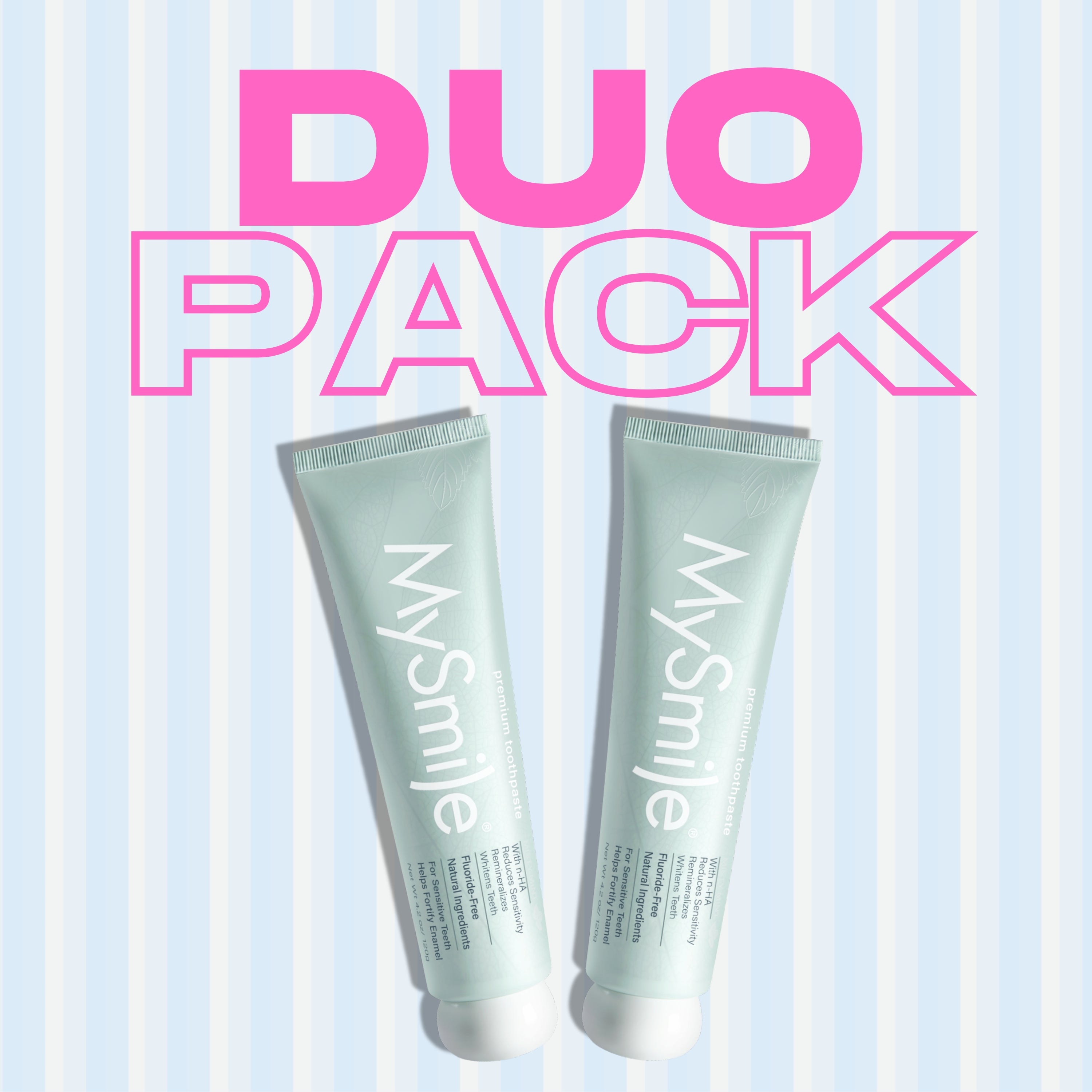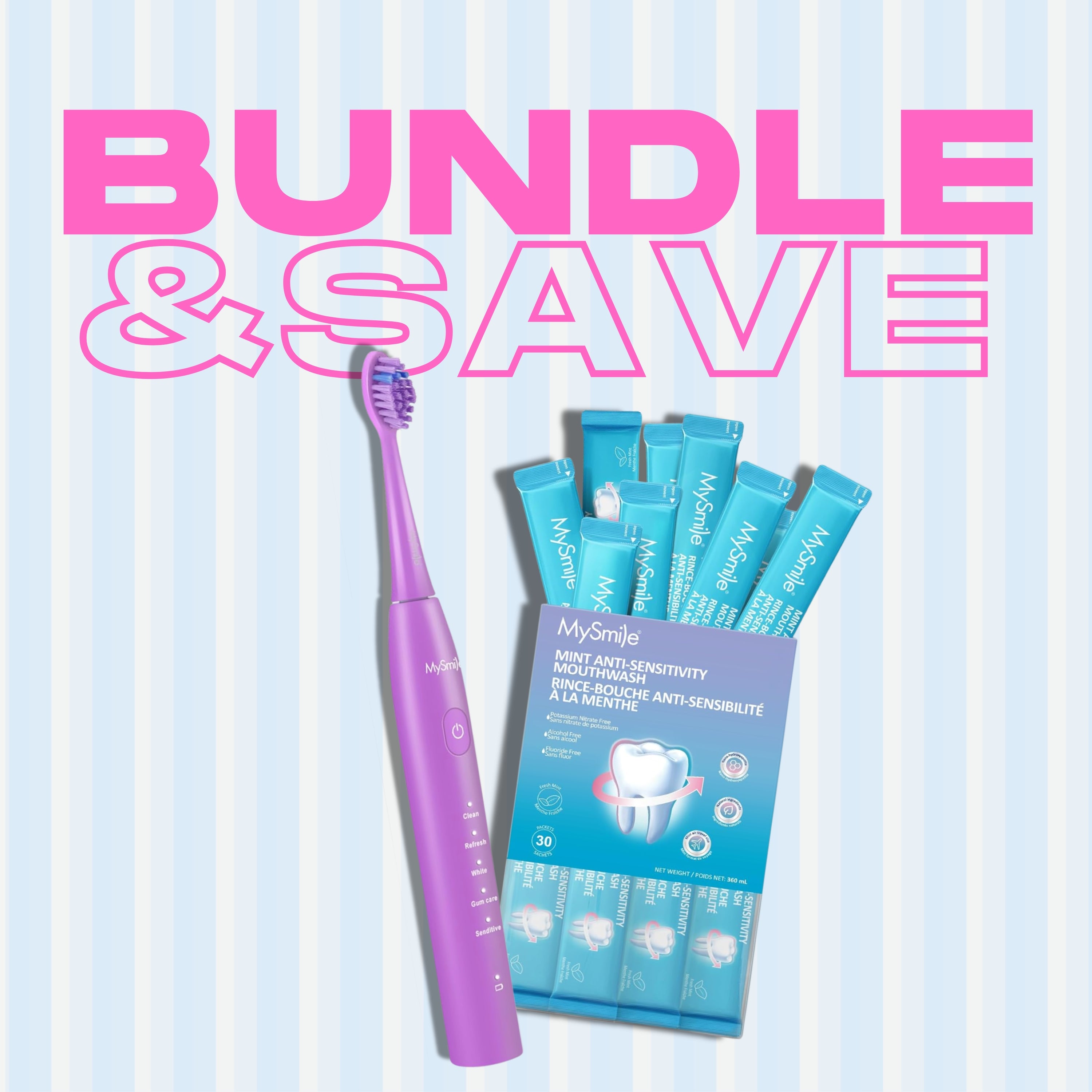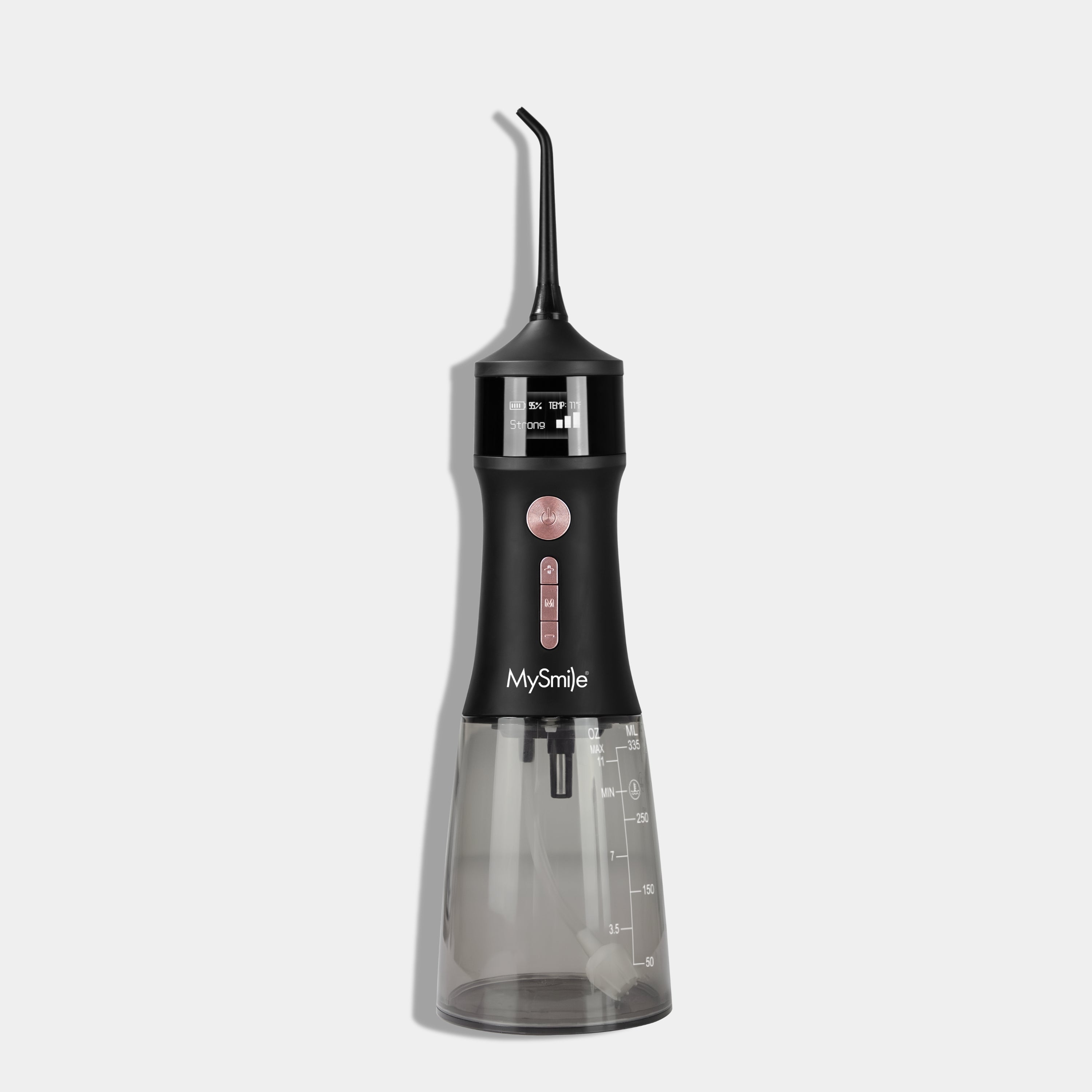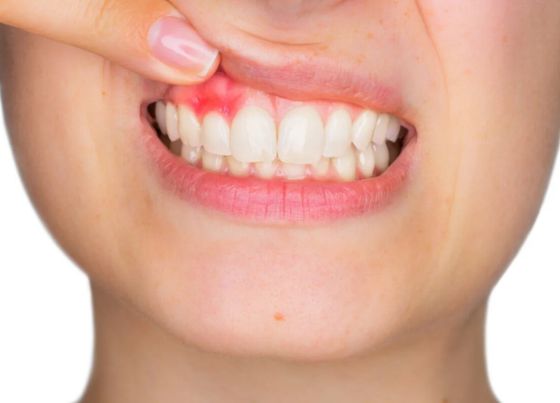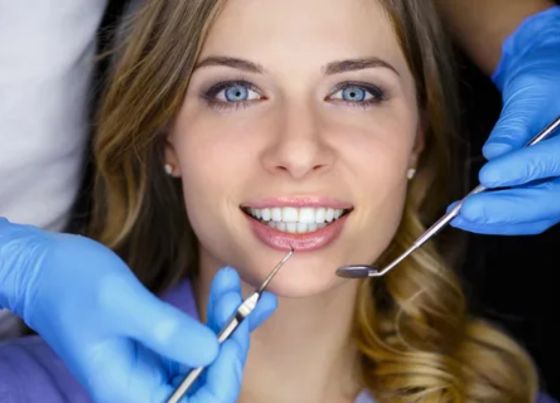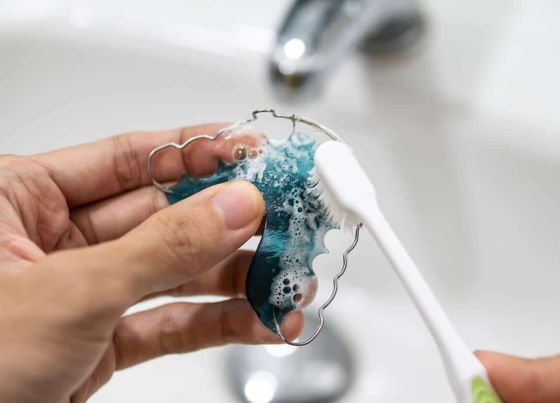One of the most painful, bothersome moments is when you face is cut on gums. While minor cuts typically heal on their own, some require attention to prevent infection and further complications. Understanding the causes, effective treatments, and ways to prevent future gum injuries can help maintain healthy gums and overall oral well-being.
Gums are soft and delicate, making them susceptible to cuts and abrasions. Several factors can lead to gum injuries, ranging from accidental trauma to underlying health conditions. Some common causes include:
-
Using excessive force or a hard-bristled toothbrush can damage the gum tissue.
-
Snapping floss between teeth or using improper techniques can cut gums.
-
Eating chips, nuts, or hard candy can cause tiny tears in the gum tissue.
-
Braces, dentures, and retainers may rub against the gums, causing irritation and cuts.
-
Accidental bites, falls, or sports injuries can lead to gum cuts.
-
Inflammation from gum disease makes the tissue more fragile and prone to injury.
-
Conditions like diabetes, anemia, and HIV can weaken gum tissue, increasing the likelihood of cuts.
How to Identify a Cut on Gums
A cut on the gums is usually easy to spot. Symptoms may include:
-
A visible tear or sore on the gumline
-
Bleeding, especially after brushing or flossing
-
Swelling or redness in the affected area
-
Pain or sensitivity while eating or drinking
-
A stinging sensation when consuming acidic or spicy foods

If the cut does not heal within a reasonable time, it could indicate an underlying issue requiring professional attention.
How To Heal A Cut On the Gum
If you are looking for an answer for how to heal a cut on your gum, here is some insight. Healing time depends on the severity of the injury and how well it is cared for. Minor cuts typically heal within a few days, but deeper wounds may take longer. Here’s what you can do to promote healing:
At-Home Remedies for Gum Cuts
Mix 1 teaspoon of table salt in lukewarm water and swish it around the mouth. It helps keep the area clean and reduces inflammation. You can also apply peas or an ice pack to the swollen or affected area. It will minimize the swelling and numbness.

Diluting hydrogen peroxide (H2O2) with water and using it as a mouthwash regularly can help prevent infection. Moreover, sticking to soft foods and avoiding acidic beverages prevents further irritation.
Lastly, using anti-inflammatory over-the-counter medications like ibuprofen can help ease discomfort.
Treat A Cut On The Gums Clinically
If a gum cut is deep, does not stop bleeding, or shows signs of infection, professional treatment may be necessary. But how to treat a cut on the gums professionally? Here are some medical interventions include:
-
Oral Antibiotics are prescribed if the cut becomes infected to prevent further complications.
-
Stitches can be used in cases of deep gum lacerations. A dentist may use stitches to close the wound and promote healing.
-
Laser Therapy is effective. This advanced treatment sterilizes the wound, reduces pain, and accelerates recovery.
-
In serious cases, minor surgical procedures may be needed to restore damaged gum tissue.
How Long Do Cut Gums Take to Heal?
Most minor gum cuts heal within three to five days. However, deeper wounds may take up to two weeks. If healing takes longer or symptoms worsen, seeking professional advice is recommended. Factors like underlying health conditions or poor oral hygiene can slow the recovery process.
Some people like to use teeth whitening products that sometimes cause gum to be swollen. To avoid this, using the best at home teeth whitening kit is always recommended. However, consulting a doctor is advisable in severe cases to prevent infection and recurring diseases.
Although a minor gum injury may not seem concerning, untreated cuts can lead to infections, gum disease, and other oral health problems. Bacteria can enter through open wounds, increasing the risk of complications. In severe cases, persistent gum injuries can contribute to more serious conditions such as periodontitis, which affects both the gums and supporting bone structure.
Prevention Steps of Cuts on Gums
Preventing gum injuries is easier than treating them. A few simple ways to prevent cuts on gums can significantly reduce the risk. Here are some tips you can follow.
-
Using a soft-bristled or bamboo toothbrush in gentle, circular motions helps avoid gum damage.
-
Glide floss between teeth using a gentle up-and-down motion rather than snapping it.
-
The right oral care products, which are designed for sensitive gums, can reduce irritation.
-
If you play football or similar contact sports, a mouthguard can protect against mouth injuries.
-
Routine checkups with your dentist help detect and address potential issues early.
-
Drinking adequate water helps keep the gums healthy and resilient.
-
Avoiding hard and sticky foods that can injure the gums minimizes the chances of cuts.
-
Some teeth whitening products can cause gum irritation. Opting for gentle formulas like MySmile Teeth Whitening Products can help maintain gum health while achieving a brighter smile.

Children Require Special Considerations for Gum Cuts
Children are more likely to experience gum cuts due to their active lifestyles and developing oral habits. Sometimes, Children and Gum Cuts are a deadly combo, but you can handle the following simple cures. Parents can take the following steps:
-
Supervise brushing and flossing until children learn proper techniques.
-
Teach them to avoid biting on hard objects like pencils or toys.
-
Provide a balanced diet with essential vitamins to support gum health.
-
Schedule regular dental checkups to monitor gum and tooth development.
-
Avoid using hydrogen peroxide rinses for children, as it may be too harsh for their gums.
-
Encourage using cold compresses or ice pops to relieve gum pain and swelling.
Proper care is essential to prevent discomfort and complications. If a child experiences a deep or persistent gum cut, a dentist should be consulted to rule out infection or underlying conditions.
When to Seek Professional Help
No matter what the Gum Cut Causes, it can definitely lead to discomfort and needs instant curing solutions. A cut on the gums typically heals quickly, but certain signs indicate the need for professional care. See a dentist if:
-
The cut does not stop bleeding after applying pressure for 15 minutes.
-
There is visible pus or signs of infection.
-
The gum cut is deep and does not seem to heal after two weeks.
-
There is a foul taste in the mouth or persistent bad breath.
-
Pain and swelling continue despite home remedies.
Final Thoughts
Even a tiny cut on the gums can cause immense pain and discomfort. However, with the right products and methods, you can speed up the healing process. You can always opt for home remedies and professional solutions to cure these cuts. Remember, maintaining your oral hygiene is the first step to having healthy and cut-free gums for a long time.
Along with curing gums, some of you might be looking for teeth whitening products that actually work. For that, MySmile Teeth brings a myriad of options that help to achieve that bright smile in just 20 minutes. Our products are ideal for sensitive teeth and cause no irritation, making us the top choice in the market.
Trust us and start your journey towards a sparkling, attractive smile now!



